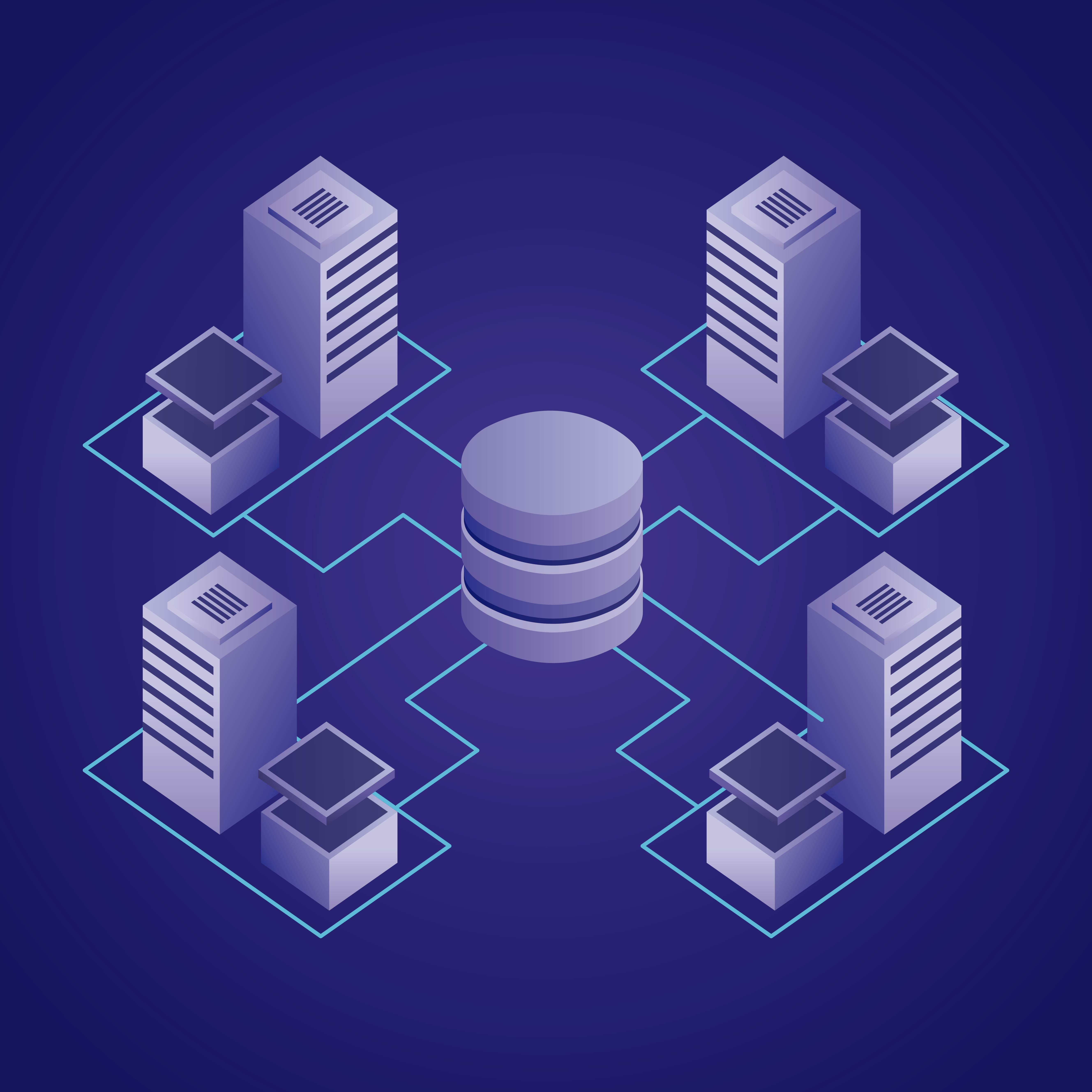


With today's digital-first economy, your tech stack is no longer just a group of tools—it's the infrastructure of your company. A well-conceived, carefully designed tech stack can fuel efficiency, innovation, and expansion, but a mismatched one can create roadblocks and opportunities lost. Moving into 2025, developing a future-proof tech stack has never been more crucial.
A tech stack is the collection of software, tools, and frameworks that your business is built on to build and run apps, keep data, and make things easier. It is usually composed of frontend and backend tech, databases, cloud, and more.
You can picture your tech stack as the basement of a house. If it's good, you can do anything on top of it. If it's bad, all the rest of the house falls down!
The frontend is what your users will look at. React, Angular, and Vue.js still reign supreme in 2025. Select a framework that suits your team's skill level and your product's requirements.
The backend fuels your application's logic and data processing. Node.js, Django, and Ruby on Rails are some of the favorites. In case scalability is your primary requirement, use serverless architectures like AWS Lambda or Google Cloud Functions.
Your database is the core of your tech stack. Relational databases such as PostgreSQL and MySQL are excellent for structured data, whereas NoSQL databases such as MongoDB and Cassandra are excellent for unstructured data.
Cloud platforms such as AWS, Azure, and Google Cloud provide scalability, flexibility, and cost-effectiveness. Multi-cloud strategies are gaining traction in 2025 to prevent vendor lock-in.
DevOps tools such as Docker, Kubernetes, and Jenkins automate development, testing, and deployment. Automation eliminates errors and accelerates time-to-market.
Begin by determining your business objectives and technology needs. Are you creating an app for customer-facing use, an internal app, or a data analytics platform? Your requirements will guide your selection.
Choose tools that can grow with your business. For example, a startup might start with a simple LAMP stack (Linux, Apache, MySQL, PHP), but as it grows, it might need to move to a microservices architecture.
Your tools should integrate well with each other. Look for APIs, plugins, and integration with other systems in your stack.
Although next-generation tools may be tempting, there is a cost. It is important to balance cost with innovation and utilize open-source alternatives where feasible.
Regulatory compliance these days is just as important as tech innovation. Make sure your stack of technologies follows the correct frameworks like GDPR, CCPA, HIPAA, or PCI-DSS—according to your company and customers. Not only does this protect users' information but also reduces legal and reputational risk.
Enact best security standards across your tech stack. Utilize encryption, strong authentication, and frequent vulnerability scans to harden your infrastructure. Ensure that any third-party tools and cloud providers are properly certified (i.e., ISO 27001, SOC2) and have complete documentation and frequent auditing. Being proactive in this way will have your business prepared as regulation hardens, earning the confidence of customers and business partners.
AI is transforming the developer experience. GitHub Copilot and ChatGPT are enabling developers to write code more efficiently and quickly.
Edge computing moves processing closer to where data is being generated, lowering latency and enhancing performance. It's particularly critical for IoT devices and real-time use cases.
Blockchain is moving beyond cryptocurrency. Companies are applying it to secure transactions, supply chain tracing, and decentralized applications (dApps).
These platforms are enabling non-technical teams to create applications, unburdening IT departments, and speeding innovation.
Begin with a bare minimum viable stack that meets your current needs, but design it for future growth.
Ensure your team is capable of leveraging the tools within your stack. Provide them training and resources to remain up to date.
Periodically review your tech stack to identify bottlenecks, outdated tools, or areas for optimization.
Creating a future-proof technology stack is one of the most strategic moves your company can make. With the appropriate technology, staying ahead of the curve, and an innovative culture, you'll have your company positioned to win for the long term. Start today—your future self will thank you.